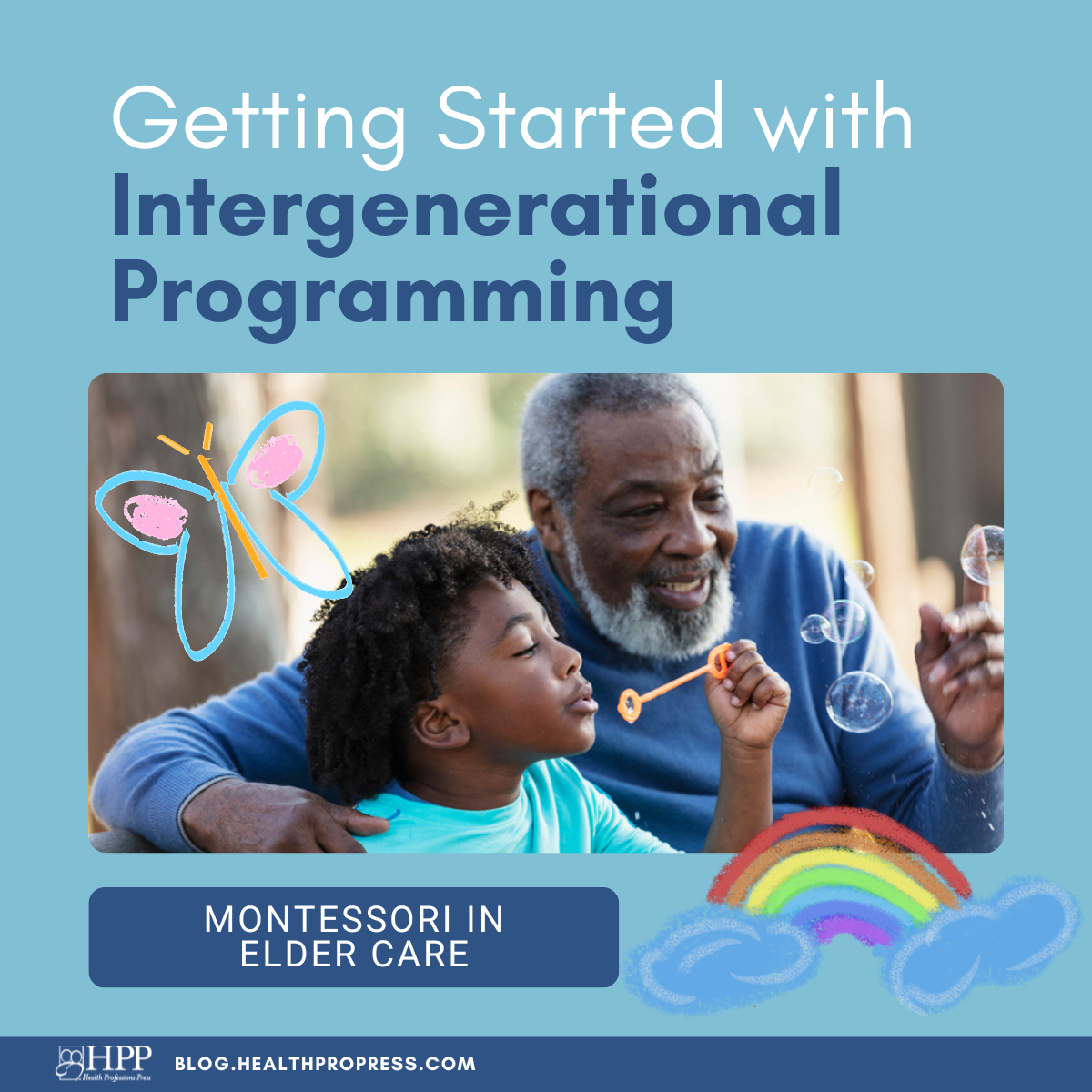
Intergenerational Programming: Getting Started
Montessori in Elder Care
People of older generations may have memories of standing at their grandmother’s side in the kitchen and baking bread or helping their grandfather plant the vegetable garden in the spring. Many of us have wonderful memories of growing up in an extended family. Today, however, young adults often move far away from their families to build careers or take advantage of other opportunities. As a result, they are raising families away from their parents and grandparents. The decline of the extended family support system means many children grow up disconnected from their grandparents and lacking the wisdom, traditions, and nurturance of older adults. This disconnection can lead to a lack of understanding and even empathy between the generations. And old adults miss out on valuable opportunities to engage with young people and contribute to their lives.
Intergenerational programming provides young people with positive, experienced role models with whom they can interact on a regular basis and allows older people to share their expertise with others and experience a sense of fulfillment. Bringing together diverse groups of people can help dispel negative stereotypes among them. Intergenerational community service programs can engage older adults and youth as volunteers in different types of opportunities and can help people in both groups recognize that they have much to contribute to society. When young and old work together, the partnership promotes the transmission of cultural traditions and values from older to younger generations, helping to build a sense of identity while encouraging acceptance of others. But perhaps the most important reason to bring older adults and children together is that they have FUN with each other.
While each setting and age group has specific needs and considerations, with some advance planning and organization of the materials and physical environment, an organization can host a successful intergenerational program with very little expense or staff resources. Creating programs that are enjoyable for all participants requires thoughtful planning around the key elements defined below.
Elements of Intergenerational Programming
Prepared organization environment.
Having sufficient trained staff and advance planning can facilitate successful communication with the program participants.
Prepared physical environment.
The physical environment must be able to hold needed furniture and supplies and be organized in such a way that participants can be as independent as possible.
Location.
Options could be a school, adult day program, senior center, library, or long-term care community.
Choice.
Include in your program the freedom for the elder and child to jointly choose among a wide variety of learning activities according to their own interests and abilities. Communicating about one’s desired choice and agreeing to a compromise is part of building the partner relationship.
Hands-on activities.
Optimal learning activities are meaningful, purposeful, and engaging to the senses.
Step-by-step instructions.
In addition to listing supplies, directions need to break down the activity into simple steps for both children and adults to follow.
Self-contained activities with all needed materials.
Have trays, baskets, and other containers that hold all of the materials needed for a given activity.
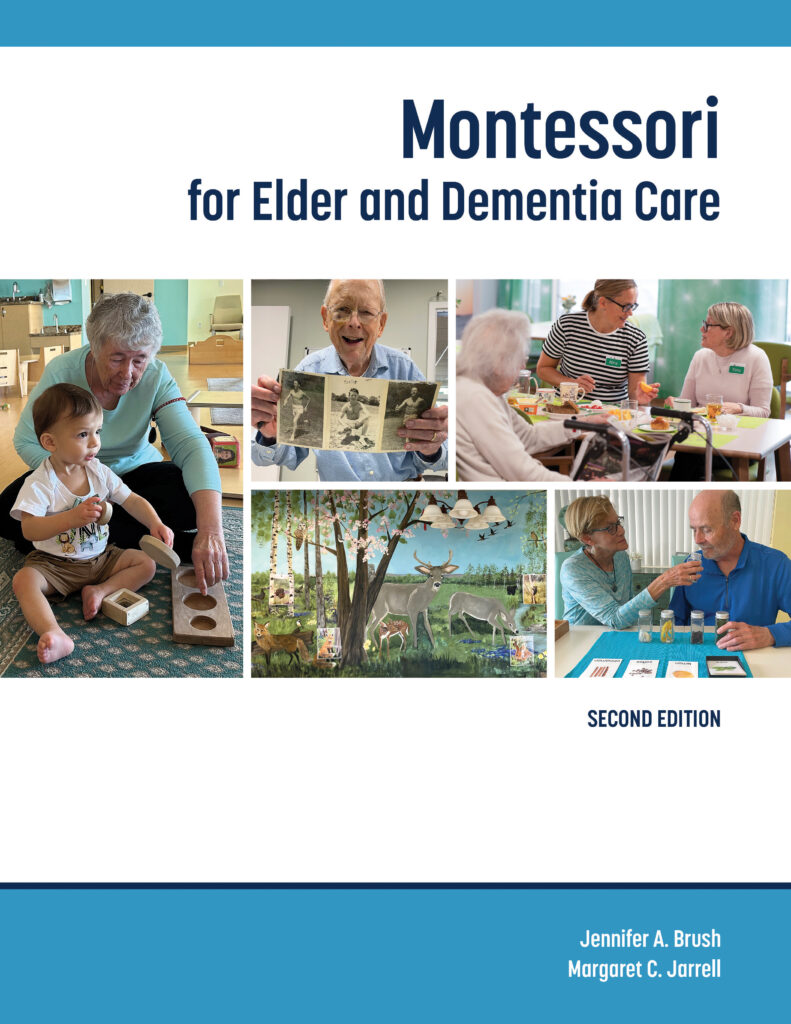
Read the book!
For more information and guidance on creating an intergenerational program, pick up your copy of Montessori for Elder and Dementia Care, Second Edition. You’ll find a full breakdown on how to create this program including how to prepare the environment, activity ideas, sample letters, a sample survey for measuring impact, and a research pilot program that determined the efficacy of intergenerational programming.
This post was excerpted from Montessori for Elder and Dementia Care, Second Edition by Jennifer Brush, M.A., SLP, and Margaret C. Jarrell, M.Ed. Copyright © 2024 by Jennifer A. Brush. All rights reserved.

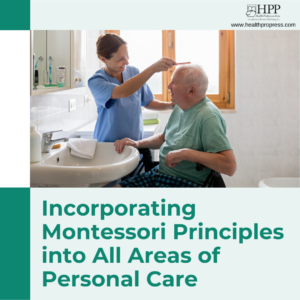
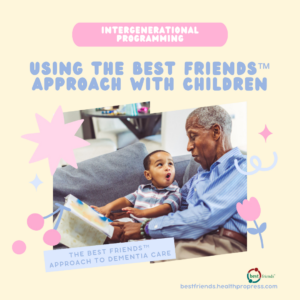
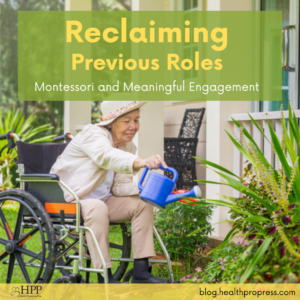
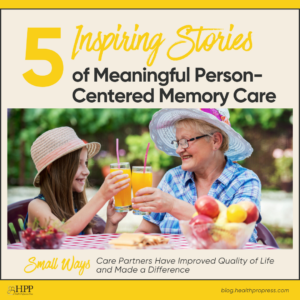
Add comment